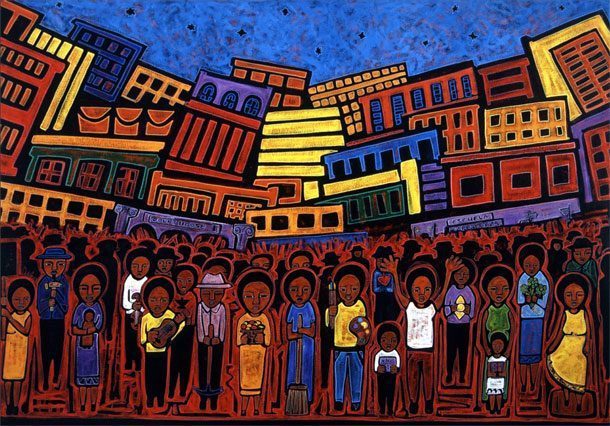What We Can Learn From Grassroots
Although the grassroots that I examined pertained particularly to Hispanic/Latino communities and early childhood education initiatives, I believe the activism of these organizations directly affect the experience of English Language Learners inside and, most notably, outside of the typical classroom. The image and rhetoric of the organization carry a Latino and Spanish-speaking identity; however, their focus is not limited to a certain group within the community. Rather, most of these grassroots aim to help all underprivileged and marginalized groups that suffer from widespread hardship provoked by poverty, unemployment, housing insecurity, discrimination, etc.
The emphasis on early childhood education is key because the quality and amount of education, or lack thereof, that a child receives the first years of his/her life have a significant impact on their educational development in the future. A predominant number of the grassroots organizations have literacy and language acquisition imbedded on their early childhood education programs. Students born into a household where English is not the primary language spoken could greatly benefit from such programs. Equally important is the organization’s clear mission to not only hone the English language, but further retain the second language or native tongue of kids. In essence, grassroots argue that the native tongue of the student should not be sacrificed in the process of learning English. On the contrary, a rich bilingual education works best with ELL and permits them to not lose an imperative part of their identity.
The Rhetoric
Many teachers teaching ELLs are ill-equipped to teach these students. This, however, should not excuse the unwillingness to implement the identity of ELLs through a multicultural curriculum. Teachers must see the importance in allowing ELLs to speak in their native tongue and express themselves in a way they feel most comfortable with. We, as an American Society, need to stop telling students to ‘not speak Spanish’ because this is the United States. Times are changing, and diversity will only keep increasing. It is time to take an asset-based approach and realize the fruitful benefits of having a diverse student body that speaks many languages and represents multiple cultures and nationalities.
The grassroots teach us that ELLs must embrace their identity and possess an unbounded pride for culture. Schools represent the ideal place for ELLs to voice such pride and teach America of its beauty.
